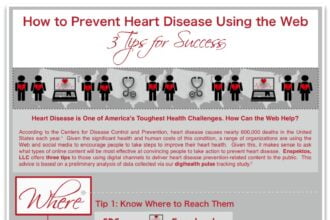One of the major components of the Affordable Care Act is the extension of Medicaid eligibility to all citizens and legal residents who earn below 133% of the federal poverty level. As of 2011, that is approximately not a lot of money. Prior to the ACA, Medicaid eligibility was contingent on satisfying both income eligibility and categorical eligibility criteria, the former meaning you had to be poor and the latter meaning you had to be the “right” type of person to qualify. For example, poor pregnant women qualified, poor childless adults did not.
One of the major components of the Affordable Care Act is the extension of Medicaid eligibility to all citizens and legal residents who earn below 133% of the federal poverty level. As of 2011, that is approximately not a lot of money. Prior to the ACA, Medicaid eligibility was contingent on satisfying both income eligibility and categorical eligibility criteria, the former meaning you had to be poor and the latter meaning you had to be the “right” type of person to qualify. For example, poor pregnant women qualified, poor childless adults did not. Prior to the ACA, people who thought Medicaid was a program for poor people were only partially right. Fortunately for these people, without having to change their thinking, the implementation of the ACA will make them right. Medicaid will now be for everyone who is low-income. It’s much simpler and makes more sense, but the big question is: How will it work?
We already know that there are a number of people eligible for Medicaid coverage currently who are not enrolled in the program. It stands to reason, then, that when more people become eligible, some fraction of them will not enroll. How many do enroll will be important for many reasons: covering these folks was a major goal of health reform, newly insured individuals will need more doctors to care for them, and all of this will have an effect on health care costs. It would be helpful if we could anticipate–if not predict–the future, which is exactly what the Congressional Budget Office and the Centers for Medicare and Medicaid Services have tried to do. The problem is that they appear to be using two different crystal balls.
The CBO says that 16 million will gain coverage, while CMS says 18 million. Somebody’s wrong. My hunch is that it’s CMS, because they assume that 97% of newly eligible people will enroll in Medicaid. That seems awfully high to me. It also seems high to some health economists at Harvard who have the next best thing to a crystal ball: a simulation model. Benjamin Sommers, Katherine Swartz, and Arnold Epstein have a paper coming out in Health Affairs that considers all of the major factors that will determine how many people will be eligible and how many will enroll and calculates these estimates under a variety of assumptions that range from conservative to bold. According to their model, about 13.4 million people will newly enroll in Medicaid because of the ACA. However, using different assumptions, they come up with a 95% confidence interval that ranges from 8.5 million to 22.4 million people. That, folks, is a pretty large amount of uncertainty. The good news is that more people will be covered. The bad news is that we really won’t know how many until happens, which means we won’t be able to do too much planning ahead.








